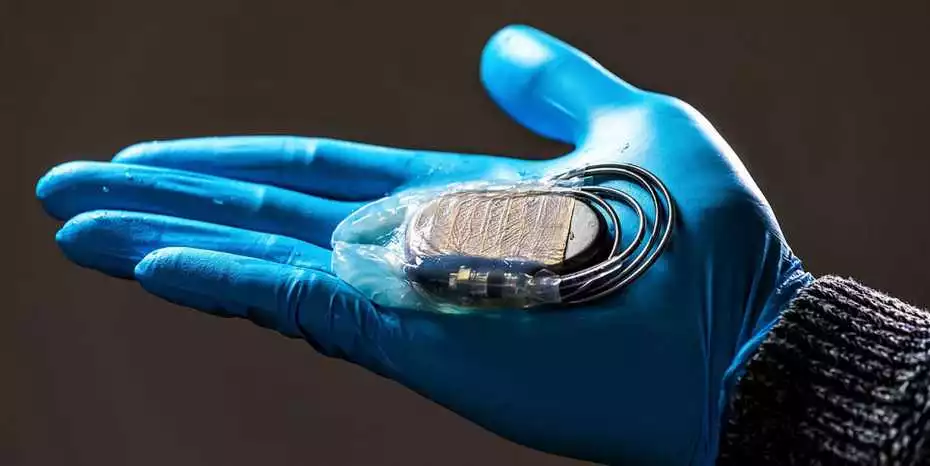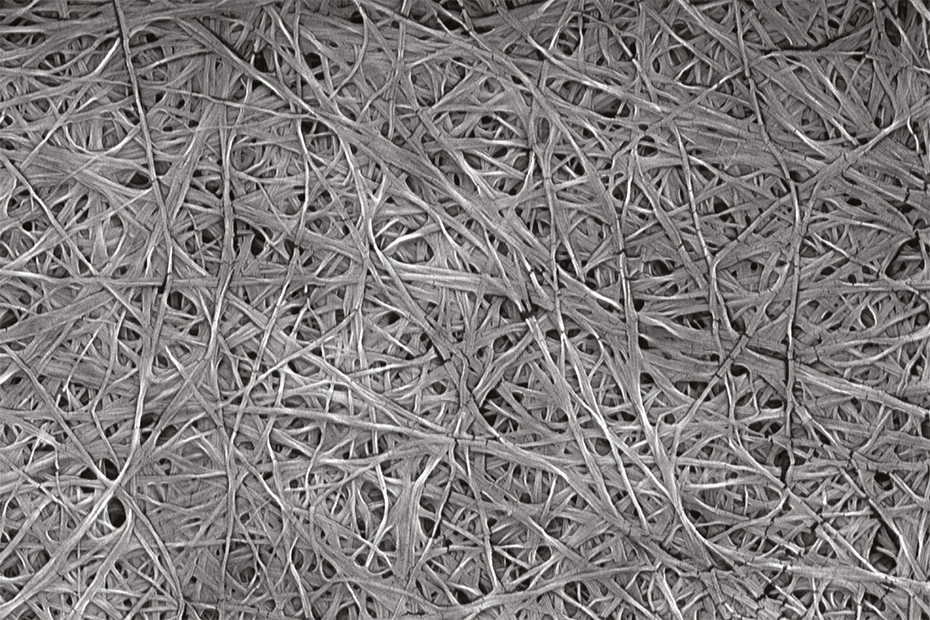It's an unfortunate fact that pacemakers do need to be surgically replaced every five years or so, before their battery runs out. The procedure could soon be considerably easier and safer, though, thanks to a membrane that goes around the implant.
As a pacemaker sits inside a patient's body, fibrotic tissue grows on its smooth surface over time. If that layer of tissue becomes too thick, it can complicate the removal process, resulting in a longer and more complex surgery that increases the risk of infection or other complications.
In order to address that problem, scientists from Switzerland's ETH Zurich research center created the new pouch-style membrane, which gets placed around the pacemaker before implantation. It's made of tiny cellulose fibers, and has a honeycomb-like array of indentations on its surface. This design serves two purposes.
First of all, the membrane's fibrous microstructure impedes the deposition of fibrotic tissue-forming proteins on its surface. Secondly, the indentations make it difficult for any fibrotic tissue cells that do form to adhere to the membrane.

In tests conducted on pigs, two pacemakers were implanted in each animal – one device was encapsulated within a membrane, and one was not. The membranes were not rejected by the pigs' immune systems, and when both pacemakers were checked one year after implantation, it was found that the fibrotic tissue layer on the encapsulated devices was only one third as thick as that on the others.
Clinical trials on humans are planned to take place next year, at three large cardiac centres in Germany. The technology is being commercialized as the Hylomate Pouch, by ETH spinoff company Hylomorph.
A paper on the study – which was conducted by Prof. Dimos Poulikakos' research group – was recently published in the journal Biomaterials.
Source: ETH Zurich





